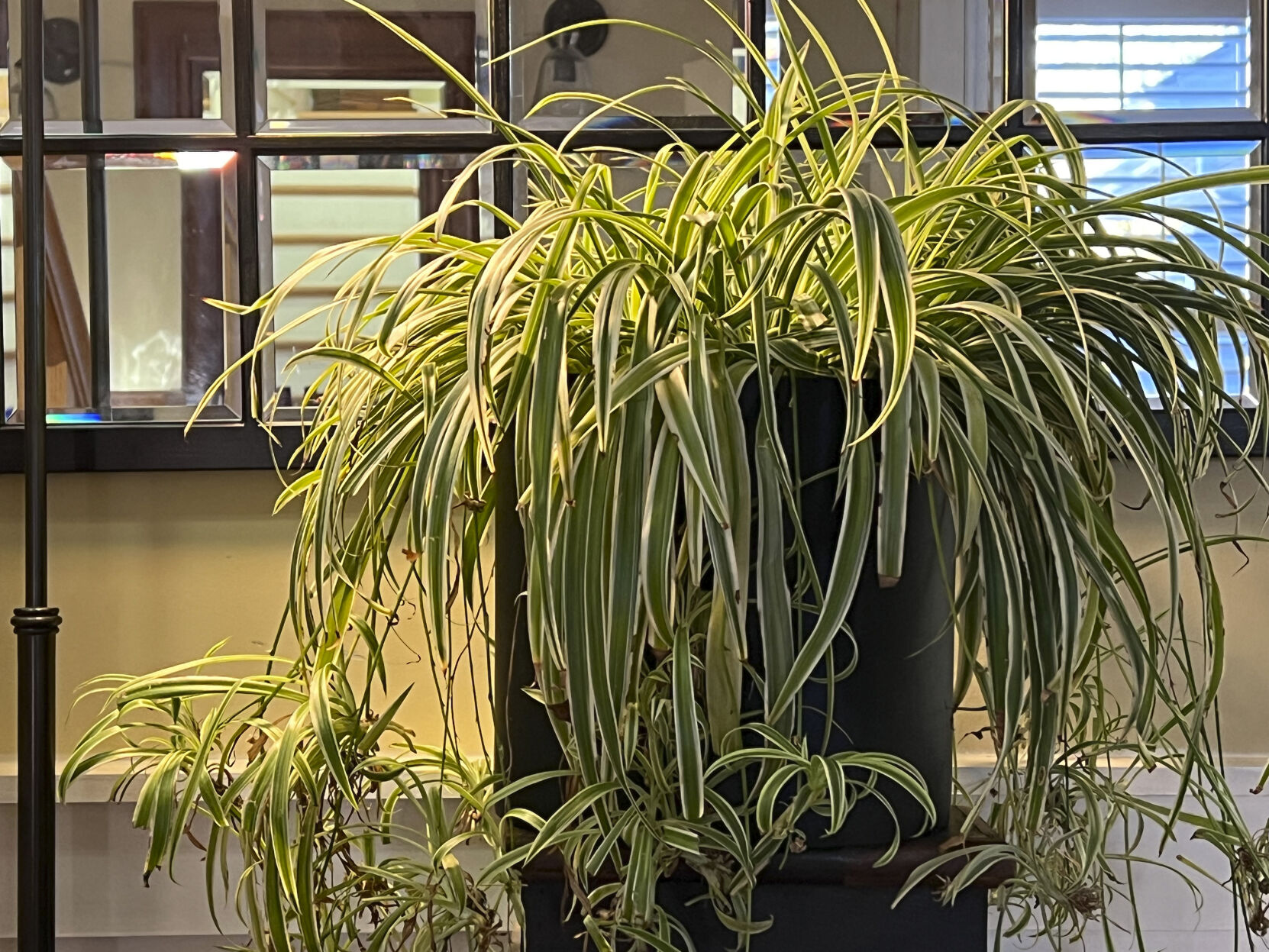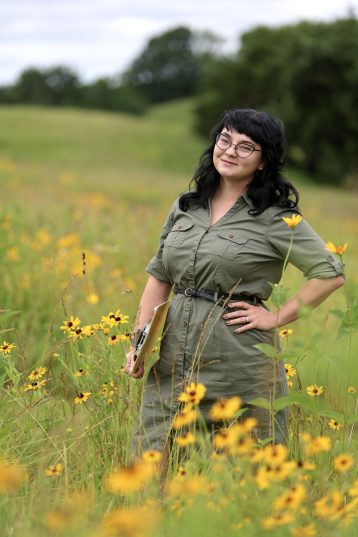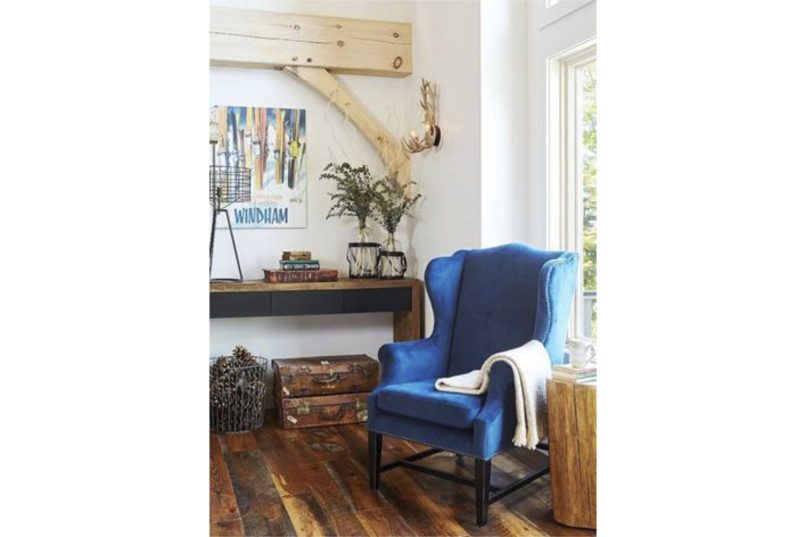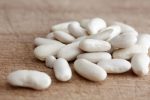My mandarin orange tree and spider plants enjoyed a longer vacation than I did, having spent the entire summer outdoors on the back deck. But the party ended late last month when frost threatened.
So I gave them a thorough hose drenching — leaves and all — to remove any would-be hitchhikers and poured a bit of diluted Neem oil over the soil for good measure before bringing them indoors. But their transition didn’t end there.
Just as when potted plants are introduced outside in spring, they undergo an acclimation period when they come back in. The difference is that at the beginning of the season, we “harden them off,” or move them into a shady spot for incrementally longer periods each day until they adjust to the stronger sunlight and breezy air of the great outdoors.
The reverse, however, is often done in haste on the weatherman’s whim, so it doesn’t usually afford the same leisurely dawdling.
That’s why your recently reintroduced houseplants might be turning yellow, dropping leaves and looking somewhat sickly as they reacclimate to lower-light conditions in the home. The same holds true for recent purchases that had been growing in a greenhouse or under lights at the nursery.
In time, they will recover, but there are steps you can take to ease their transition. Grow lights, turned on for eight, then six, then four, then two hours a day during their first few weeks indoors will certainly support their adjustment. But there are simpler, less costly ways to help.
Place potted plants near your sunniest window during their initial weeks as a houseguest. Even the brightest natural indoor light will be no match for the sunbathing they’ve done all summer, so it will serve as a good rest stop en route to their permanent winter residence elsewhere in your home.
If you place them on a windowsill, line the entire ledge with aluminum foil, which will reflect sunlight back at the plant, including to the underside of leaves. The refracted light will help prevent seedlings from growing leggy in spring, too.
For a similar benefit, place a mirror on the wall behind plants, but not too close or foliage may scorch.
Both practices can be employed year-round to boost light to houseplant species that require bright sunlight.
Even plants that don’t enter full dormancy will experience slowed growth over winter. Experience has taught me that it’s best to hold off on repotting until spring, if possible.
If it’s necessary to change pots now (either due to overgrowth, infestation, a broken container or something else), use a replacement that’s the same size — or no more than an inch larger in diameter — than the plant’s current container. This will help prevent root rot that can result if the plant isn’t able to take in the moisture from the excess soil needed in a larger pot.
Reduce watering, too. Each plant has its own requirements, but one that you watered daily while it was thriving under the intense summer sun may need only a weekly, bi-weekly, or even monthly drink over winter. In general, plunging your finger knuckle-deep into the soil and watering only when it feels dry 2 inches deep is a good practice.
When you do water, do so deeply and s-l-o-w-l-y until water emerges from the pot’s drainage hole and don’t allow water to sit in the pot’s saucer.
Unless you live in a tropical climate, your houseplants probably won’t need (or want) supplemental nutrients over winter. But if you think they need fertilizer, use only one-quarter to one-half of the recommended dosage and decrease the frequency of applications by the same amount. Applying too much or too frequently while the plant is not actively growing can result in fertilizer burn or browning leaf tips.
Keep plants off radiators, away from the blasts of forced-air heating vents, and protected from cold drafts from windows and doors. And keep in mind that most indoor plants prefer temperatures in the mid 70s. In general, if you feel cold, your plant probably does, too.
Jessica Damiano writes the award-winning Weekly Dirt Newsletter.














